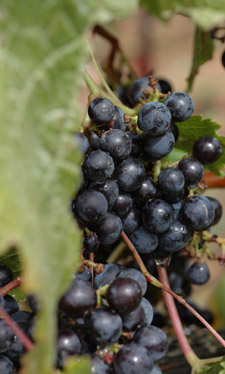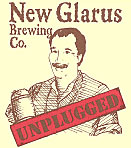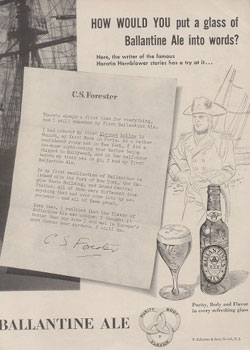 Don’t forget, next Friday is Session #4 and it’s all about drinking local (or regional, or as local/regional as you can be). (How The Session started.)
Don’t forget, next Friday is Session #4 and it’s all about drinking local (or regional, or as local/regional as you can be). (How The Session started.)
This will be easier for some than others, but the Brewers Association happily points out the average American lives within 10 miles of a brewery. You probably have seen the numbers: In 1984 there were just 83 breweries operating in the US, down thousands from 100 years before. Today there are more than 1,400.
But beer’s not alone. Today’s Wall Street Journal has a story about the United States of Wine (subscription required) in which is describes the “remarkable expansion of wineries to unlikely places.” Check out these numbers:
There are 5,110 wineries in the country — 1,773 outside of California, Washington, Oregon and New York, according to the U.S. Alcohol and Tobacco Tax and Trade Bureau — and many of them are new. In Texas, 24 wineries opened in 2006, up one-third in just one year, says industry-tracking firm Wines and Vines. Last year, Colorado went from 48 wineries to 70.
Makes sense to me. It takes less than half an hour to walk to the brewpub in the village where a l live, but before I’m half way there I’ll pass a winery.
So my point would be that interest in better beer is not happening in a vacuum. It’s been linked to similar affection for quality food and wine for more than 30 years. It took some people longer to figure that out, but it’s hardly a secret now.

 In all fairness to Todd Haefer – who writes a Beer Man column that appears in many newspapers part of the Gannett chain and already catches enough grief for some of his comments – he didn’t write the headline and the term didn’t appears in his copy, but here it is:
In all fairness to Todd Haefer – who writes a Beer Man column that appears in many newspapers part of the Gannett chain and already catches enough grief for some of his comments – he didn’t write the headline and the term didn’t appears in his copy, but here it is: I’m a sucker for the beer and book connection. It’s so civilized. After all, Brother Joris – the monk in charge of brewing the coveted Westvleteren beers – is also the librarian at the abbey Saint Sixtus where the beers are produced.
I’m a sucker for the beer and book connection. It’s so civilized. After all, Brother Joris – the monk in charge of brewing the coveted Westvleteren beers – is also the librarian at the abbey Saint Sixtus where the beers are produced.